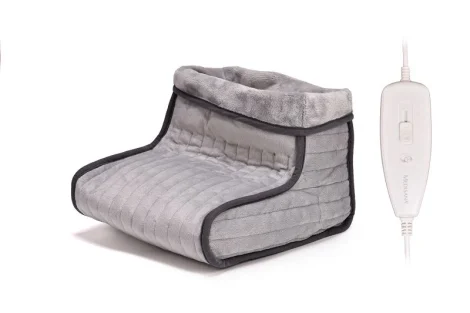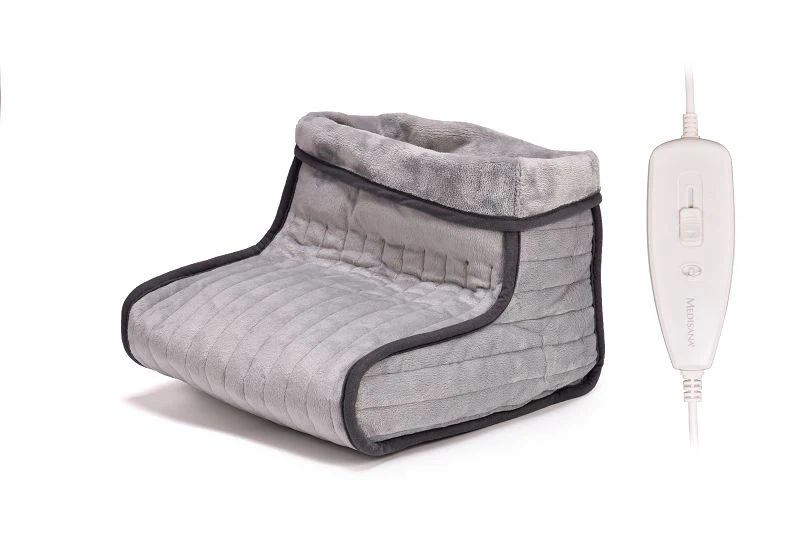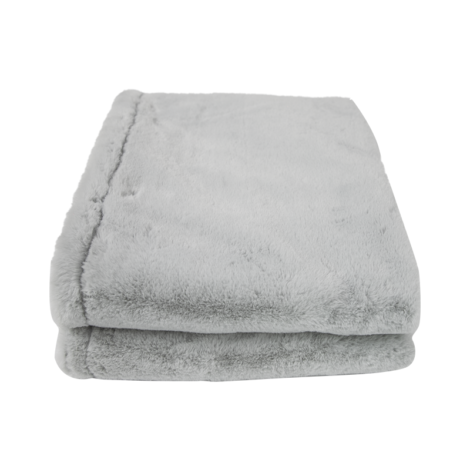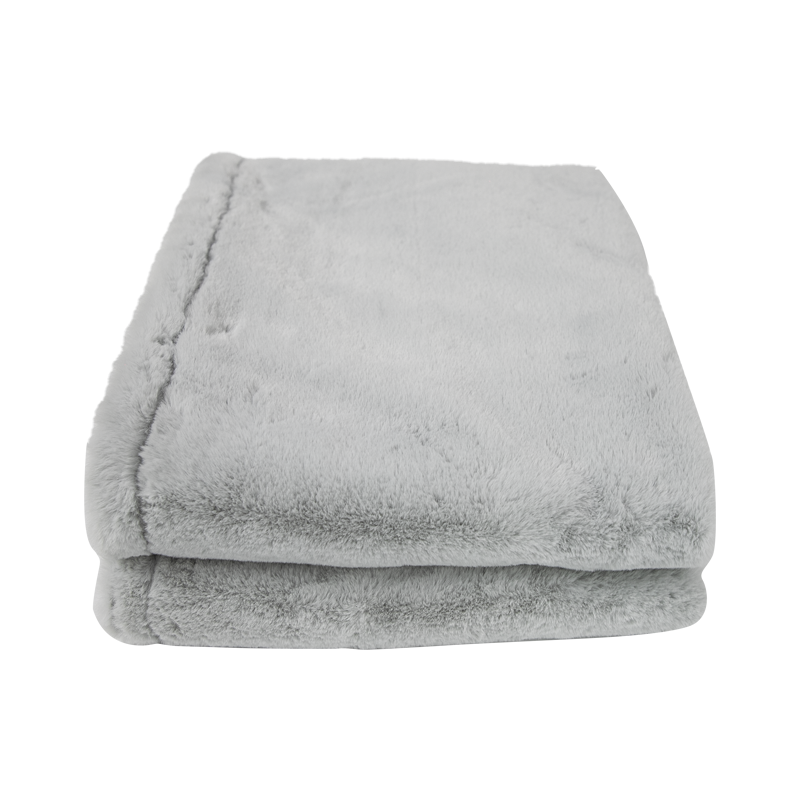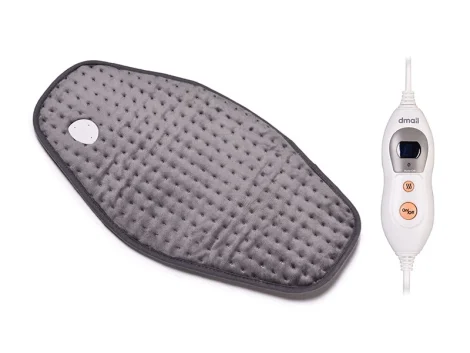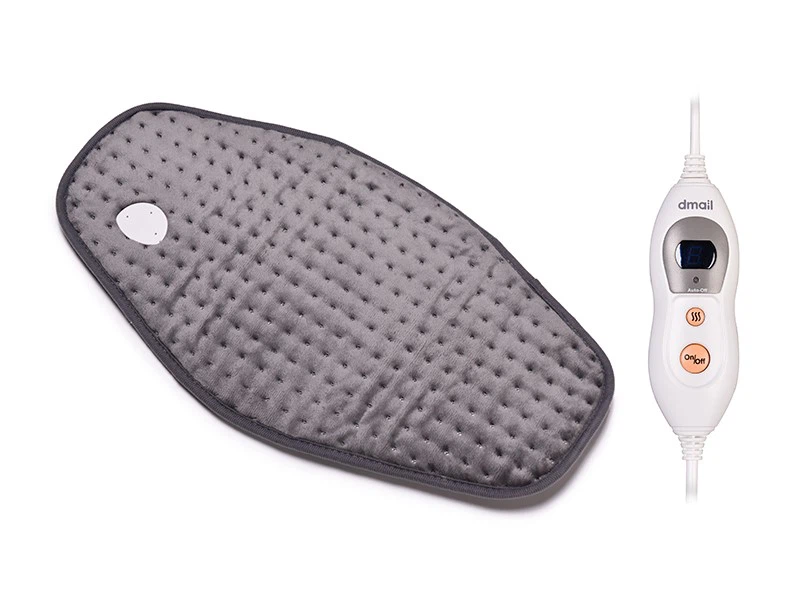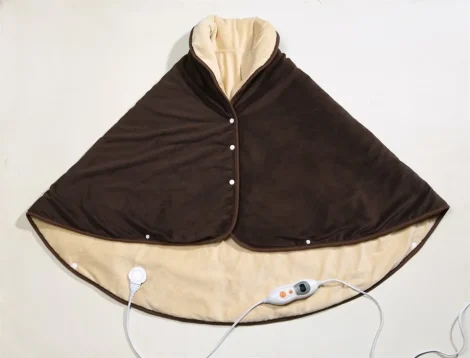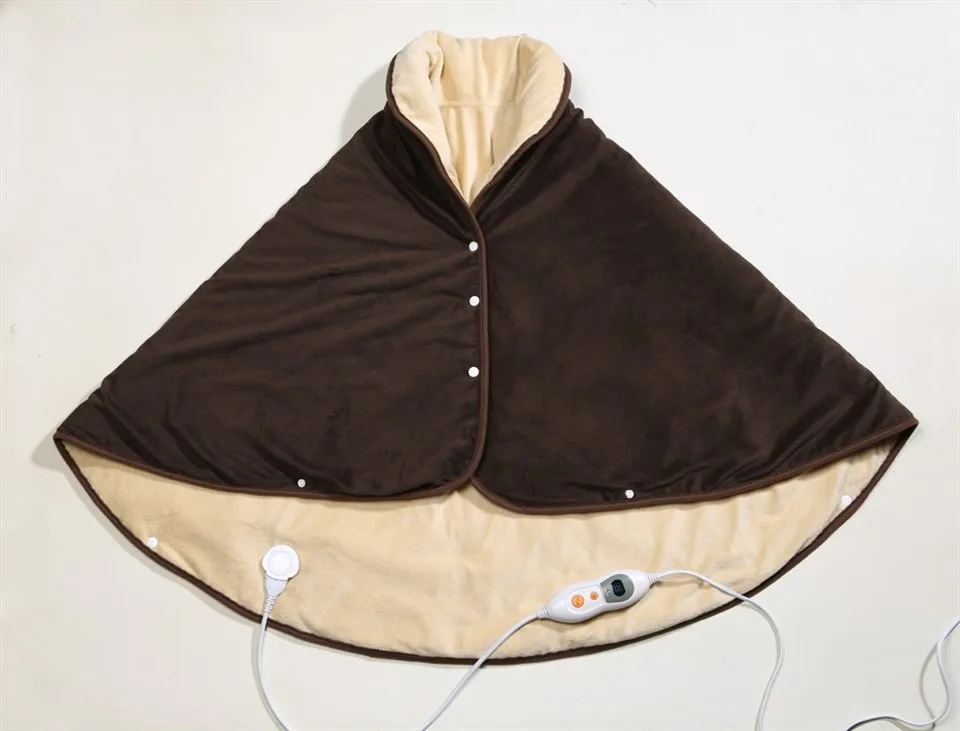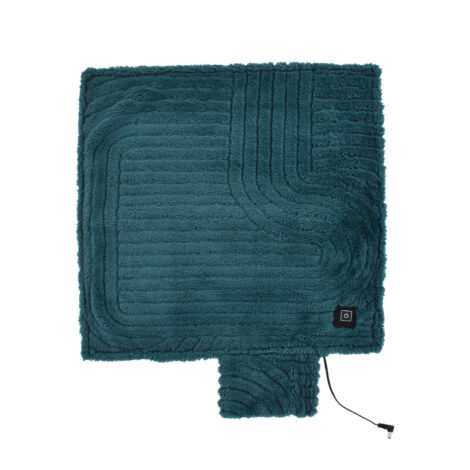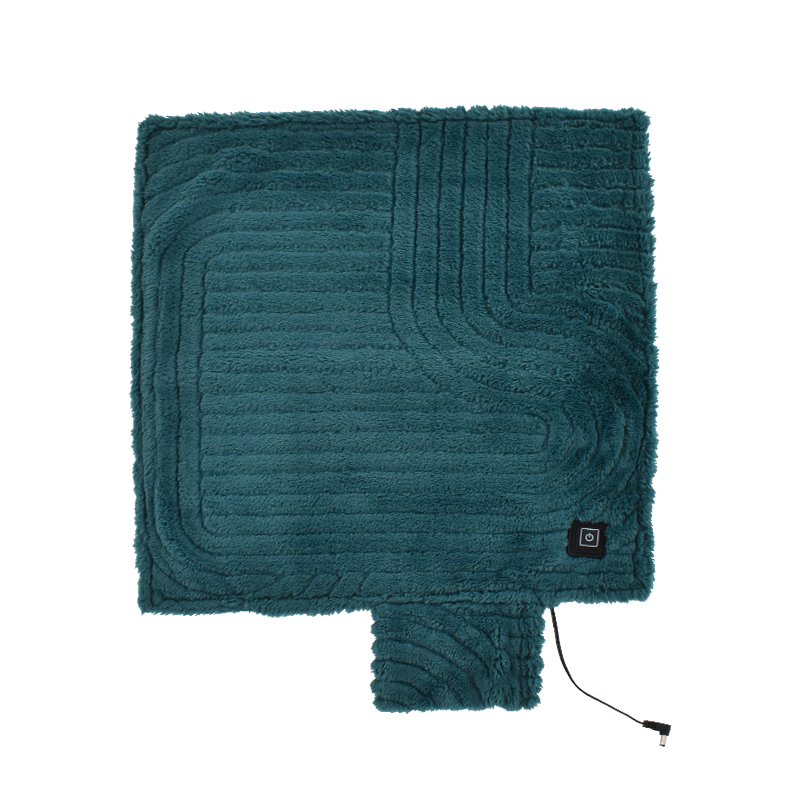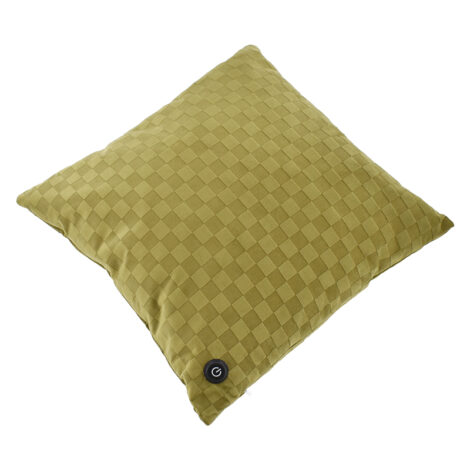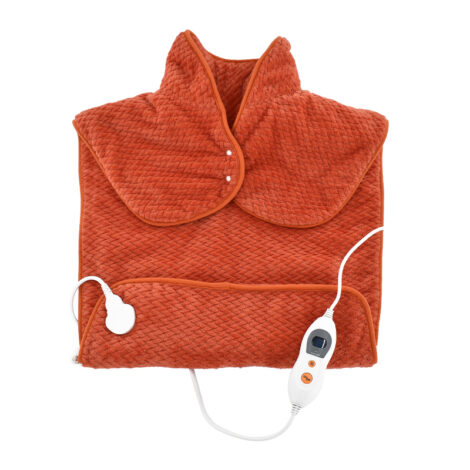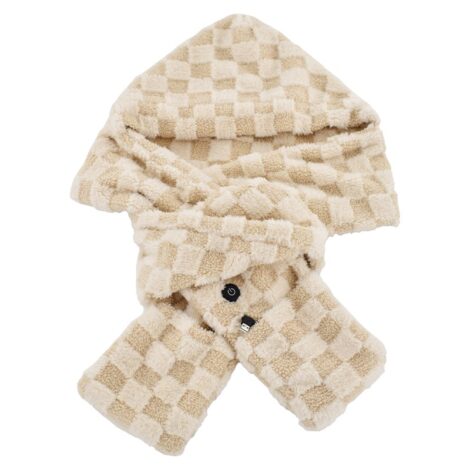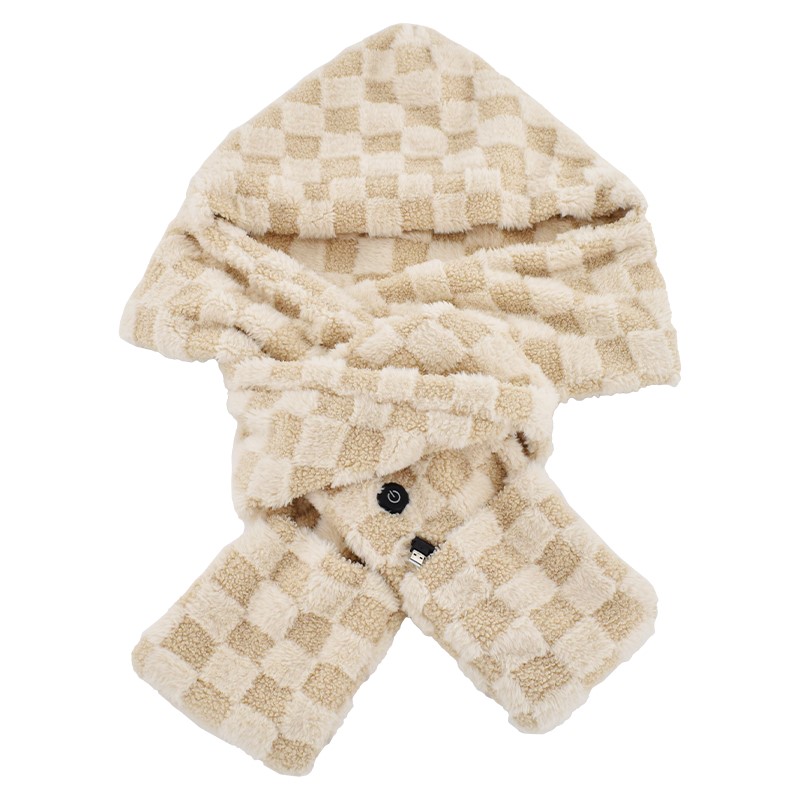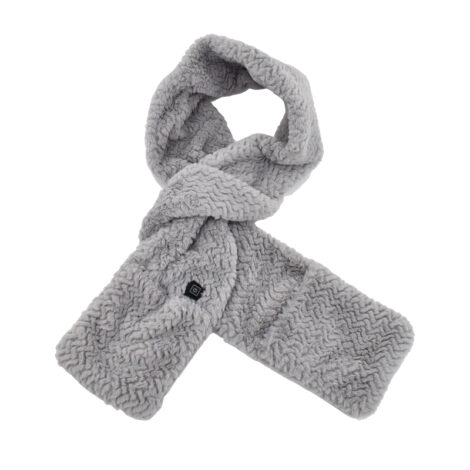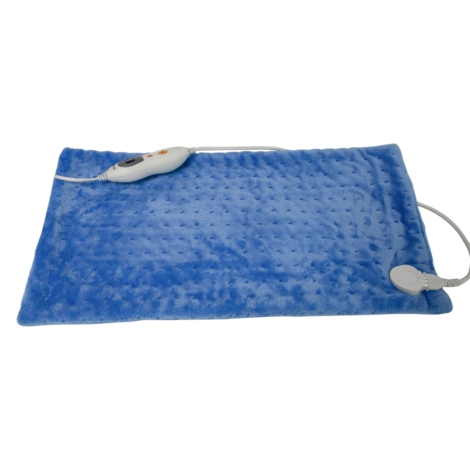Knowledge
Understanding The Correct Connection Method For Heating Belts: A Detailed Guide
The correct connection of heating belts is crucial for ensuring efficiency and safety during operation.
Depending on the specific application, there are several common connection methods, including series connection, parallel connection, and Y-type connection. Each method has its own advantages and specific requirements, making it essential to choose the right one for your needs.
Common Methods for Connecting Heating Belts
1. Series Connection for Heating Belts
The series connection method involves linking multiple heating belts in a specific order to form a continuous circuit.
For this method to function effectively, the resistance value of each heating belt must be identical to ensure even heat distribution across the entire system. This approach is ideal for applications that require a stable temperature across a wide surface.
2. Parallel Connection for Heating Belts
In the parallel connection method, each heating belt is directly connected to the power supply and operates independently.
This reduces the overall resistance of the system and ensures consistent power distribution. It is particularly useful when a stable power supply to each heating belt is required.
3. Y-Type Connection for Heating Belts
The Y-type connection method involves connecting multiple heating belts separately to the power supply and then cross-connecting them to form a Y-shaped circuit.
This method is simple and easy to implement, but careful layout planning is required to achieve optimal performance and safety.
Physical Connection Methods for Heating Belts
In addition to electrical connection methods, the physical connection between heating belts and other components is also crucial.
Two common methods include welding and mechanical pressing:
1. Welding for Heating Belt Connections
Welding techniques, such as arc welding and gas shielded welding, ensure that the heating belt and the joint material are securely fused.
This method provides a strong and durable connection, reducing the risk of looseness during operation.
2. Mechanical Pressing for Heating Belt Connections
Mechanical pressing involves using manual or automated clamping devices to tightly join the heating belt and the joint material.
This is a simple and effective method that does not require welding while still ensuring a firm and stable connection.
Practical Applications of Heating Belt Connections
1. Solar Water Heating Systems Using Heating Belts
In solar water heating systems, it is essential to properly connect the heating belt to the water pipe to prevent leaks.
Installing a temperature controller can help regulate water temperature, optimizing the use of solar energy for heating.
2. Industrial Heating Systems Using Heating Belts
Heating belts are widely used in industries such as food processing, pharmaceuticals, and chemicals.
Choosing the appropriate connection method ensures stable temperature control, optimizes production processes, and improves energy efficiency.
3. Automotive and Aerospace Heating Applications
Heating belts are also commonly used in automotive and aerospace industries for de-icing and thermal regulation.
Proper connection methods help maintain system reliability, ensuring operational efficiency in extreme conditions.
4. Medical and Laboratory Equipment
Heating belts play a crucial role in medical and laboratory applications, such as maintaining optimal temperatures for chemical reactions and preventing condensation in sensitive instruments.
A proper connection ensures accurate temperature control and enhances equipment longevity.
5. Home and Personal Heating Applications
Heating belts are increasingly used in household applications, such as heating pads for pain relief and heated blankets.
Ensuring safe and efficient connections enhances comfort and energy efficiency in everyday use.
Key Considerations for Connecting Heating Belts
Use the right tools: Essential tools such as wire stripping pliers, electrician scissors, and insulation tape should be used to ensure safe and secure connections.
Inspect before us: After making connections, thoroughly check the system for any issues or potential electrical hazards.
Follow technical guideline: Always refer to the manufacturer’s instructions to ensure proper installation and operation.
By following proper technical standards, you can maximize the efficiency and lifespan of your heating system in any application.
Shortened URL https://www.sshine-vn.com/knowledge/understanding-the-correct-connection-method-for-heating-belts-a-detailed-guide/

